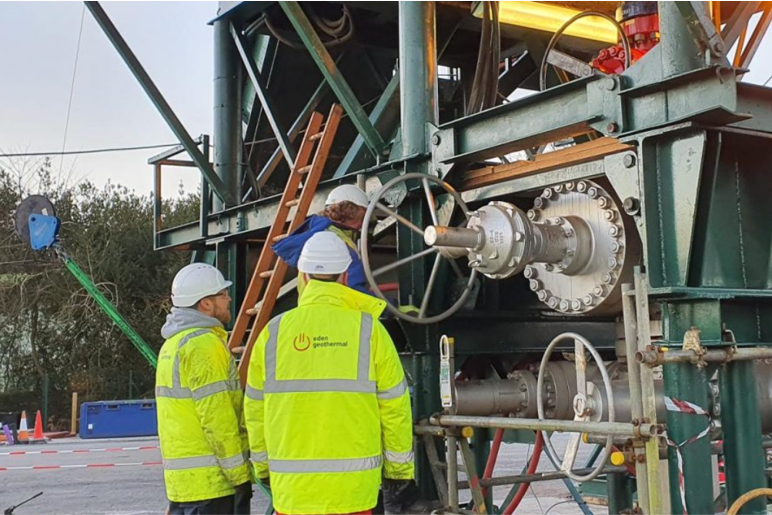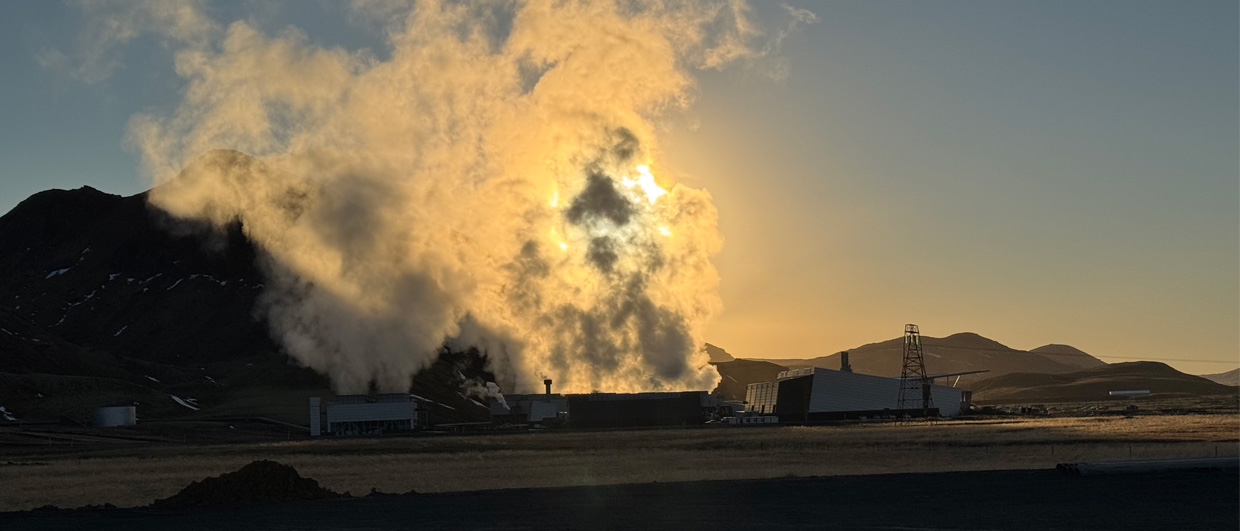As was announced by the Eden Geothermal project in the southwest of England yesterday, injection tests into fractured basement rocks have resulted in a seismic event of 1.7 magnitude at a depth of over 3,700 m.
The company further explained in the announcement – “Injection testing induces low level seismic events (microseismicity). Since the start of testing there have been over 300 low level seismic events. However, the event that occurred at 9:20 pm yesterday evening was heard and felt by people in the local community.”

“We are still a little away off the largest earthquake induced by hydraulic fracturing in the UK – this was a 2.9 event in Lancashire in Augus 2019,” says seismologist Stephen Hicks on Twitter in a thread dedicated to the event in Cornwall.
Stephen however continues: “Ideally, operators (quite rightly) want to upscale these projects into long-term energy sources for the region. But upscaling to production levels might require higher injection volumes, but that naturally will likely increase the risk of larger quakes.”
The seismologist from Imperial College makes a fair point. Strictly speaking, the event that occurred this week is not the main problem, it is the chance that larger earthquakes will occur once the system is fully operational and injection will take place at larger rates.

In that sense, the question should be asked why the Eden project kicked off so soon after the other deep geothermal project next door – United Downs – had finished drilling. These projects are heavily subsidised; the Eden project received millions from Europe (£9.9 million) and the UK government (£1.4 million).
Would it not have been smarter to first test the concept at United Downs and allow the system to work in full operational mode for a while before commencing another project of this kind?
Basement rocks are known to be susceptible for induced seismic activity, much more than sedimentary rocks. The sense of urgency to find new sources of energy is fully understandable, but at what cost?
HENK KOMBRINK





